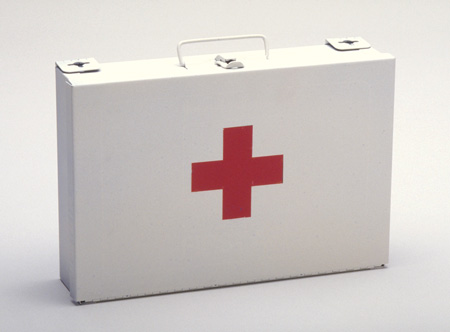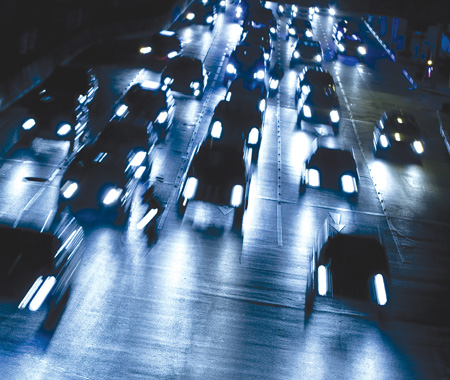SAFETY
WHEN STRANDED, OR ALONE, IN AN EMERGENCY SITUATION THESE SUPPLIES ARE LIFESAVERS
In your car and home, you really should have a few standard items that will get you through dangerous weather, power outages,
First thing's first: Water. In your home, keep some plain bleach handy for purifying water. Use about 1/4 cup per gallon. In your car, travel with at least two bottles of water. Water can be handy to clean up messes and give dogs a drink even if there is no emergency.
A UV water purifier is useful for any no-power situation. Various types are available including those that allow you to carry purified water in a bottle.
Next, you'll need information in an emergency. A portable radio is essential. Be sure to stock up on batteries to keep it running. A compact portable with an antenna can fit easily in a glove compartment.
Light in the darkness – you'll soon want that. An LED flashlight can easily be stored in the car. An emergency strobe is useful. One example is the Streamlight PolyStinger DS LED Flashlight. It has three beacons for various brightness levels and a tall signal strobe that runs for up to 5 1/2 hours. The slim unit is water resistant, shock proof and has one wall mounted charger and one for the car's cigarette lighter.
A First Aid Kit is basic equipment for emergencies. Best that the kit is waterproof.
You may never think you want a generator until you are in an emergency situation. Today there a number of small generators that will power a cellphone. Eton Corporation has a small crank generator that cranks to power a cellphone, and provides an LED light, NOAA radio and a solar panel for outdoor power.

IS FASTER BETTER? STATES OKAY SPEED
Speed limits are up in 37 states including the speediest state of all, Texas, which just approved a highway with an 85 mph speed limit. Texas Highway 130 from San Antonio to Austin is a 41 mile straight, flat stretch of nothing but power lines. It now boasts the highest speed limit in the country at 85 mph.
Is this limit reckless? It depends how you look at the answer. Studies show accidents don't increase as speed increases but, when accidents occur, they are more often fatal. Wisconsin Traffic Operations and Safety Laboratory found a 15 percent increase in fatalities on rural roads when speed increased. On the Ohio Turnpike, however, fatalities are down since the speed limit was increased to 70 mph in 2011.
In Michigan, bills to allow higher speed limits are supported by state police. Lt. Gary Megge of the Michigan State Police Traffic Services Section, argues with other experts, that the uniform speed of traffic is most important. Variance in speed, one slow vehicle followed by a fast one, for example, makes for dangerous traffic situations.
Illinois is the most recent state to allow speed limits of 70 mph or more. Bills in Wisconsin, New Jersey and Michigan could push speed limits to 70, 75 and 80 mph respectively
on highways.
Meanwhile, do motorists step on the gas as speed limits increase? Surprisingly, no. Average speeds in Utah are up just 1 mph since the state designated its first 80 mph highways in 2008.

© 2014 TLC Magazine Online, Inc. |